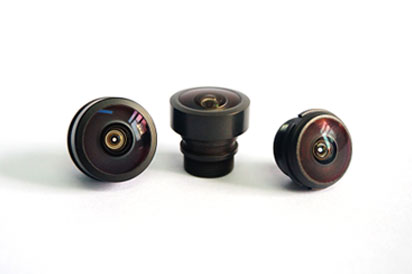"Vehicle Regulation Level" Performance Requirements for Automotive Lenses
(2023年)https://www.sunny-automotive.com/
As an important component of ADAS sensors, in-vehicle cameras are experiencing rapid growth in the overall market. When it comes to in-vehicle cameras, everyone's attention may be more on the big problem of shortage of CMOS sensors and chip semiconductors in the current industry chain. But in terms of production details, there is less chat.
Ⅰ. The "vehicle regulation level" of car lens
Generally speaking, "vehicle regulation level" is synonymous with quality and means strict product performance. This is because in the application of various products, automotive products will encounter various extreme environments, for example, the ultra-high temperature generated by sunlight exposure in summer and the ultra-low temperature of minus tens of degrees below zero in the north in winter, rain and high-pressure car wash damage.
In addition, car safety involves the life safety of drivers and passengers. Therefore, "vehicle regulation level" car lenses must ensure that products can be used normally in these extreme environments.
Ⅱ. Basic requirements of vehicle regulation level for automotive lens
For vehicle Lens products, its basic vehicle regulation level roughly includes the following seven aspects:
1. Temperature resistance: it needs to work normally in the range of -40℃~85℃, and can adapt to the drastic changes in temperature;
2. Anti-vibration: The vehicle will generate strong vibration when driving on a less flat road, so it must be able to resist various intensities of vibration;
3. Anti-magnetic: When the vehicle starts, it will generate extremely high electromagnetic pulse, which requires extremely high anti-magnetic performance;
4. Waterproof: The sealing of the car lens should be very tight, and it can still be used normally after being soaked in the rain for several days;
5. Service life: the service life is at least 8 to 10 years to meet the requirements;
6. High dynamic: The vehicle travels at a fast speed, and the light environment faced by the car lens changes drastically and frequently, so the CMOS of the car lens is required to have high dynamic characteristics;
7. Low noise: It can effectively suppress noise when the light is low, especially the side-view and rear-view cameras are required to capture images clearly even at night.
The above are only general requirements. For different application environments, there will be more detailed requirements. For example, the surround view requires an ultra-wide angle, which is generally at least 135°. It is understood that 210° also has applications.
Ningbo Sunny Automotive Optech Co., Ltd. is a subsidiary of SUNNY OPTICAL TECHNOLOGY(GROUP) CO., LTD. It is committed to providing optical solution for autonomous driving and intelligent driving, and continues to provide customers with satisfactory products and services.
As an optical lens manufacturer, we have more than 30 years of optical experience and 18 years of automotive lens experience, and our market share has been the world's top 1 for 10 consecutive years since 2012. Welcome to consult.

- このできごとのURL:




コメント